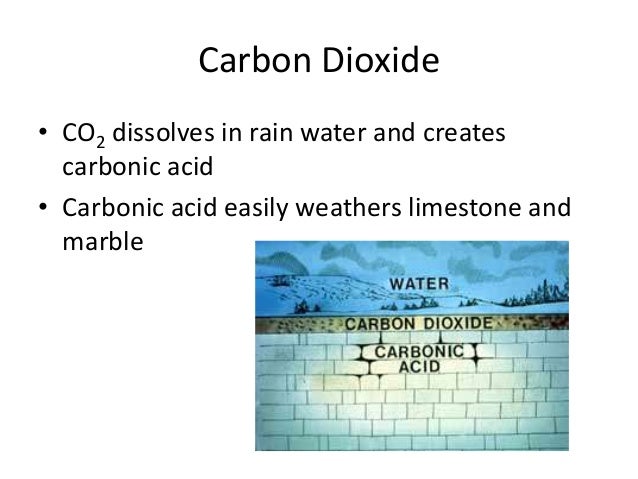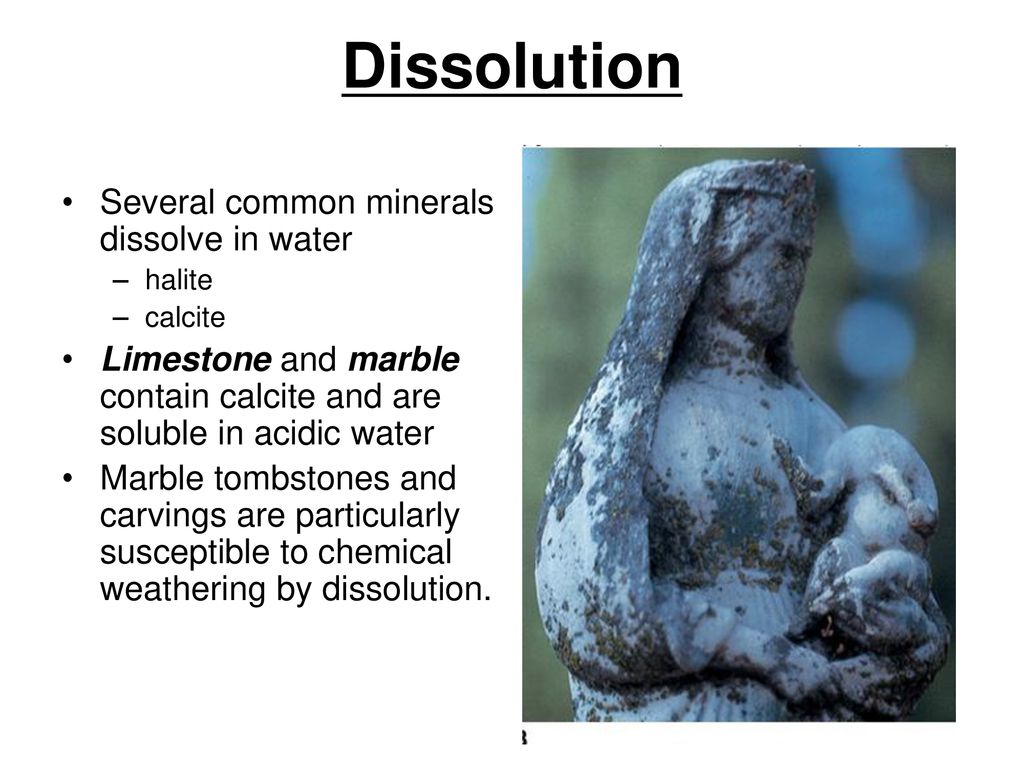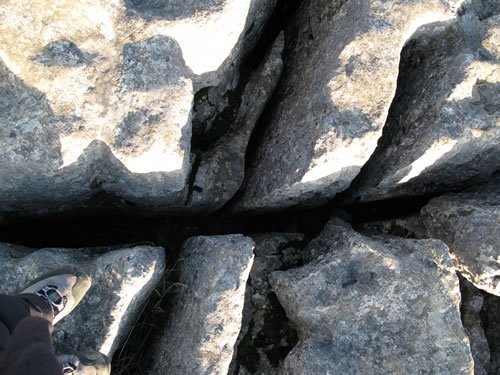What Type Of Chemical Weathering Weathers Marble And Limestone

Burning fossil fuels also contributes to this.
What type of chemical weathering weathers marble and limestone. When it mixes with rain water will create carbonic acid rain which weathers marble and limestone so carbonic acid weathers marble and limestone. The solution of soluble minerals is particularly important in limestone landscapes. Limestone areas are predominantly affected by chemical weatheringwhen rainwater which contains a weak carbonic acid reacts with limestone. This weak acid while harmless to plants and animals is able to dissolve some kinds of rocks like feldspar and limestone in a process called carbonation.
However these forms are only visible because they occur on particular materials which decay in that manner in the presence of those agents. This causes the limestone to dissolve. The dissolved calcium carbonate may drip into underground caves hollowed out from the action of weathering. Water acts as an acid when it contacts calcium carbonate dissolving the limestone.
Many horizontal and vertical cracks run through limestone. These cracks allow water to pass easily through the rock. Water causes both mechanical weathering and chemical weathering. The grand canyon for example was formed to a large degree by the mechanical weathering action of the colorado river.
It particularly affects limestone chalk and marble rocks. Some forms such as flakes on sandstone or surface roughening on marble may indicate the operation of particular weathering agents such as salts or acid rain. Mechanical weathering occurs when water drips or flows over rock for prolonged periods. Rain wa ter gets into joints or weaknesses and widens the gaps often causing blocks to fall off.
Chemical weathering chemical weathering involves the decomposition of rocks due to chemical reactions between minerals such as calcite with water and gases in the atmosphere e g. When carbon dioxide in the air dissolves in rain a weak carbonic acid is formed. 5 2 chemical weathering chemical weathering results from chemical changes to minerals that become unstable when they are exposed to surface conditions. Grus andgrusification spheroidal weathering.
Carbon dioxide from the respiration of animals and ourselves is one cause of increased carbon dioxide in the atmosphere. The kinds of changes that take place are highly specific to the mineral and the environmental conditions. Carbon dioxide in the atmosphere forms very dilute carbonic acid when it dissolves in rain.



















